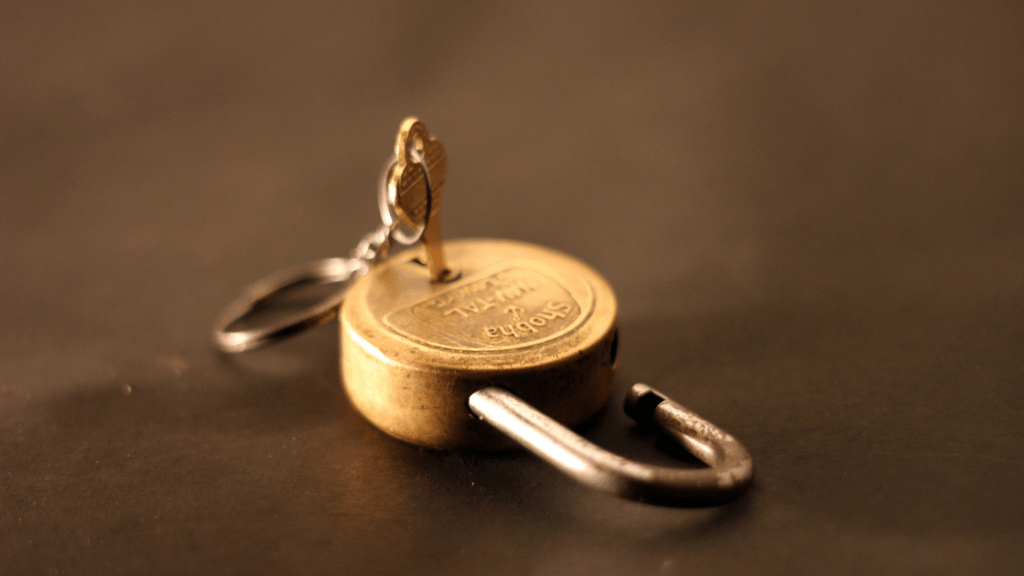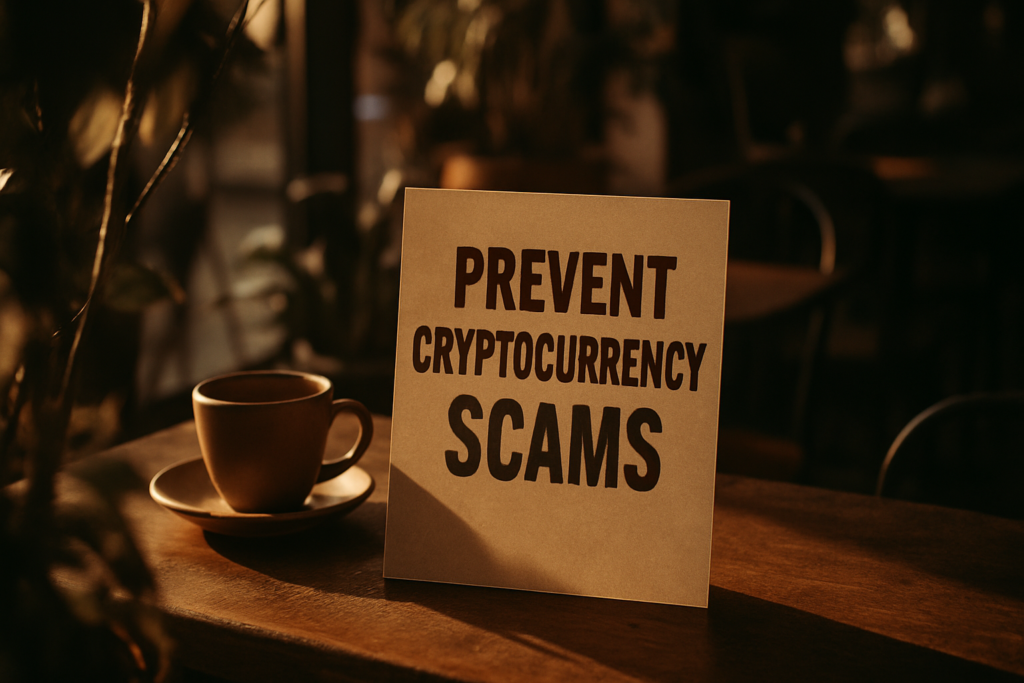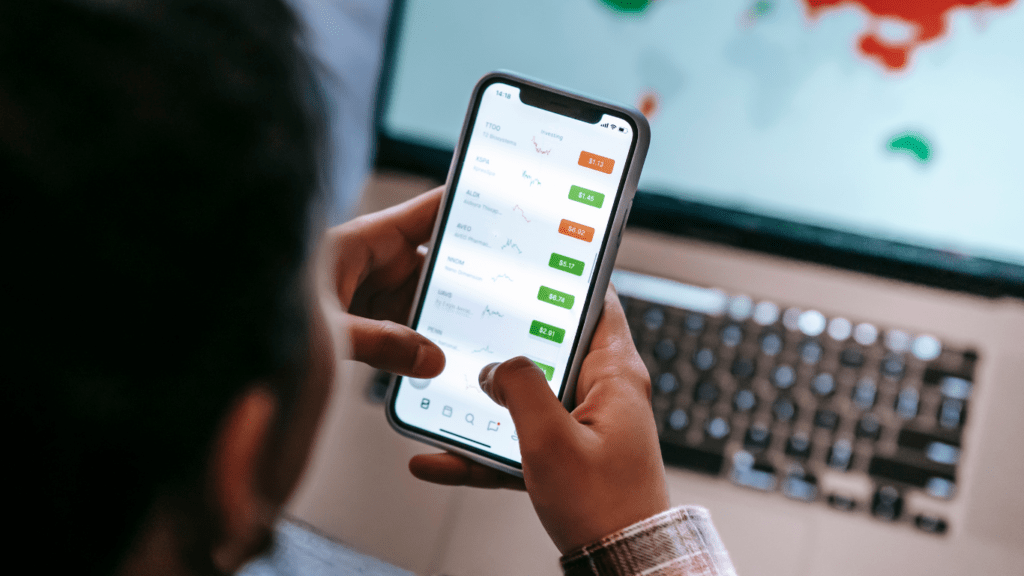Understanding NFT Security Risks
Hackers constantly pose a threat to NFT owners. Understanding the common risks helps protect your digital assets.
Common Types of NFT Scams and Attacks
- Phishing Attacks. Cybercriminals frequently use phishing to trick users into sharing private keys or account information. For example, they might send emails that look like they’re from legitimate NFT marketplaces.
- Rug Pulls. In this scam, project creators who mint NFTs quickly disappear after selling them, leaving buyers with worthless assets. This often happens in new or lesser-known projects.
- Malware. Hackers sometimes deploy malware to gain unauthorized access to NFT wallets. Users might unknowingly download malicious software, jeopardizing their assets.
- Impersonation Scams. Scammers might impersonate well-known artists or creators to sell fake NFTs. Verified badges on platforms help mitigate this risk, but it’s still prevalent.
Common Vulnerabilities in NFT Platforms
- Smart Contract Exploits. Flaws in smart contracts represent major vulnerabilities. If coded improperly, these contracts can be manipulated, leading to unauthorized asset transfers.
- Poor Authentication Methods. Some platforms lack robust authentication methods, making it easier for hackers to access accounts. Two-factor authentication (2FA) helps enhance security.
- API Security. NFTs rely on APIs to connect with various applications. If these APIs aren’t secure, they can be entry points for hackers.
- Decentralized Storage Issues. NFTs often use decentralized storage for metadata. If the storage solutions aren’t properly maintained, it leads to potential loss or manipulation of data.
Best Practices for Protecting Your NFTs

Protecting NFTs from cyber threats is crucial. To ensure digital assets remain safe, follow these best practices.
Secure Storage Solutions
Choosing a reliable storage solution for NFTs is essential. I recommend using hardware wallets like Ledger or Trezor. These wallets store private keys offline, making them less susceptible to online attacks.
Additionally, consider using reputable digital wallets that offer two-factor authentication (2FA), such as MetaMask or Trust Wallet.
Regular Security Audits
Conducting regular security audits helps identify vulnerabilities. I suggest reviewing wallet and platform security settings monthly. Ensure that the latest software updates are installed.
Consider employing external cybersecurity firms to perform comprehensive audits, particularly if handling significant NFT assets.
Advanced Security Measures
Adopting advanced security measures is crucial in safeguarding NFTs from hackers. These strategies offer an additional layer of protection beyond basic security practices.
Multi-Factor Authentication
Multi-Factor Authentication (MFA) enhances security by requiring multiple verification steps.
First, users must provide something they know, like a password.
Second, something they have, such as a smartphone, generates a time-sensitive code.
Finally, something they are, such as a fingerprint, may be needed for additional security.
Enabling MFA on all accounts involved in NFT transactions reduces the risk of unauthorized access by ensuring that even if one factor is compromised, others provide a safeguard.
Cold Wallet vs. Hot Wallet
A cold wallet, an offline storage method, offers superior security for NFTs. Stored on a physical device, it remains disconnected from the internet, making it less vulnerable to cyber-attacks.
In contrast, a hot wallet stays connected to the internet, allowing easier access but increasing risk exposur
For example, Metamask represents a hot wallet often used for NFT transactions due to convenience, while a Ledger wallet exemplifies a cold wallet better suited for long-term storage.
NFT owners should use a hot wallet for daily transactions and a cold wallet for securely holding valuable NFTs.
What to Do If Your NFT Is Stolen
If your NFT gets stolen, acting quickly can help mitigate further damage and increase recovery chances.
Immediate Steps to Take
- Report to the Marketplace: Contact the NFT marketplace where the theft occurred (e.g., OpenSea, Rarible). Provide them with transaction IDs and wallet addresses.
- Secure Your Wallet: Move any remaining assets to a secure environment like a cold wallet. Change passwords and enable Multi-Factor Authentication (MFA).
- Notify the Community: Use social media or forums to alert others about the theft. This can help prevent the stolen NFT from being bought or sold.
- Monitor Blockchain Activity: Use blockchain explorers like Etherscan to track the stolen NFT. This information may assist in recovery efforts.
- File a Police Report: Report the theft to local law enforcement. Provide them with all relevant information, including transaction details and wallet addresses.
- Consult a Lawyer: Engage a lawyer specializing in digital assets. They can advise on legal avenues and represent your interests.
- Pursue Civil Action: If identifiable, consider legal action against the thief to seek restitution.
By taking prompt action and exploring legal options, you can address the theft effectively and potentially recover your stolen NFT.






